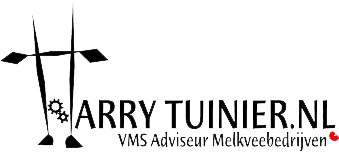How should I react to a new or rising MDi or conductivity?
Despite all the knowledge, farmers often find it difficult to determine what to do when.
In cows that regularly have an MDi or conductivity that is too high, the only interesting question is whether you made the right decision at an earlier moment with this cow.
But what are the important steps in new cases? In that case, it is actually about estimating whether the cow can fight off the bacterial attack registered by DelPro itself or whether your support is needed.
So:
1. Is it an incident, for example, after a heat, or a crazy event in the stable or robot.
2. What is the condition of the cow, is she in good condition and fit, no other inflammations or disturbing bruises on the body, does she use all four legs well and evenly, rumen well filled and is she not (too deep) in the negative energy balance?
3. Was it a big increase? With a decrease in production, on the relevant teat?
4. Has she had an increase, perhaps a few weeks before?
5. How is the hygiene in the barn, is she able to fight off a bacterial attack herself?
6. Is the company cell count high or very low?
If it is a really new case, it is often sufficient to check for good empty milking at the next milking, possibly with a few good rubbing with udder mint. Livestock farmers also sometimes give a bolus, everything to help the cow fight the invaders (bacteria / viruses) with its own resistance.
If the cow in question has more history or if you say that she needs extra support as a result of the above mentioned points, it must be tackled more thoroughly.
With healthy cows and timely intervention, we can increase lifespan and reduce antibiotic use.






